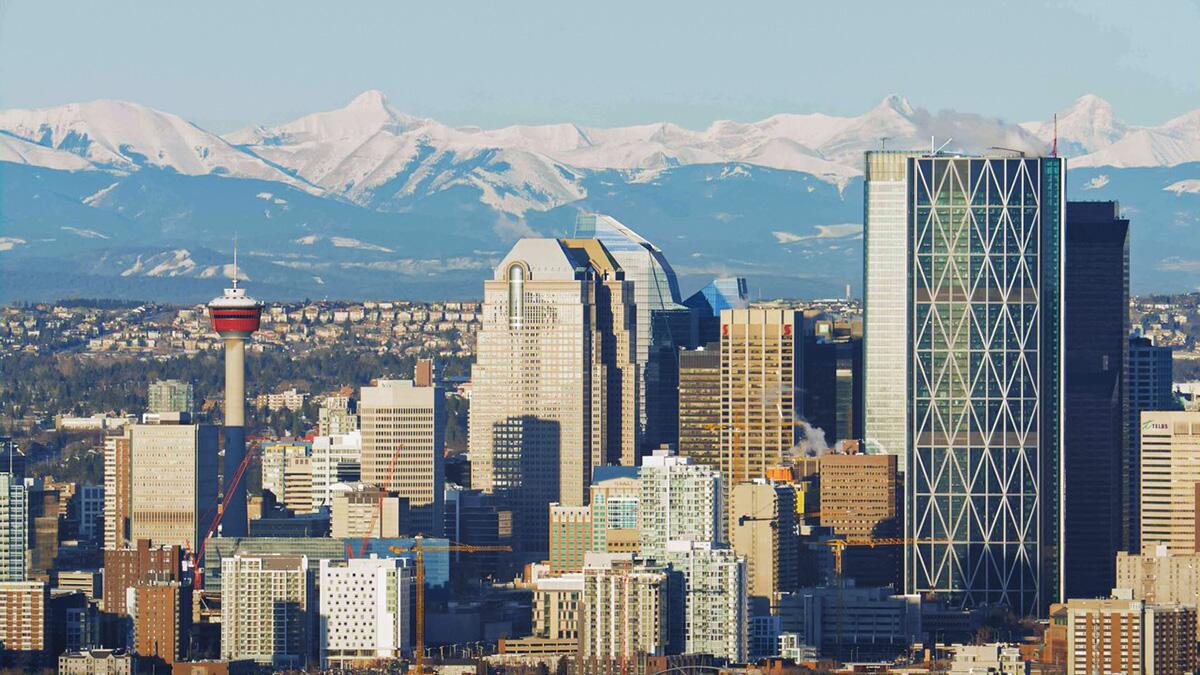It’s time to visit another side of Germany.
W
hile huge crowds of tourists flock to Berlin, Cologne, Munich, and Heidelberg, there are some areas of the country—especially in the east—that don’t get the vast numbers of foreign tourists that hit the more popular spots. Saxony, an area about two hours south of Berlin along the Czech and Polish borders, has historically been one of the manufacturing and mining centers of Germany, but it’s also where so much German culture originated. This is the land of the Audi (and the Trabant), but it’s also where the composers Johann Sebastian Bach and Franz Liszt and the writers Friedrich Schiller and Johann Wolfgang von Goethe were born and lived most of their lives. You could easily spend a week here and still have much more to see.
Historic Dresden
Hardly off the beaten tourist path, Dresden is by far the most popular tourist destination in Saxony. After being almost completely destroyed during World War II, Dresden has bounced back to become a rich, cultural tourist magnet. It would be possible to base yourself in, but you’ll experience more variety if you divide your stay Saxony in at least two different places. Don’t miss the Hotel Taschenbergpalais Kempinski Dresden, a former royal palace that is now the city’s best hotel, which reopened in 2024 after a complete renovation.
Recommended Fodor’s Video
The Zwinger mit Semperbau (the city’s best group of art museums), Frauenkirche (its magnificent Baroque cathedral that was rebuilt after reunification in the early 2000s), the Residenzschloss (a former royal palace with its famous “Green Vault” filled with the Saxon royal jewels), and the Semperoper (one of Europe’s most famous opera houses) are all fantastic “don’t-miss” spots to visit in Dresden. If you are looking for more space or a slower pace, there are plenty of places within an hour or two by train, but even closer is Meissen, a romantic city with an imposing castle, which is also the home of the famous Meissen porcelain factory, which has been in business since the early 18th century, the oldest porcelain manufacturer in Europe.

Hip Leipzig
Saxony’s largest city has been a cultural center in Germany for hundreds of years and an important trading center since the Middle Ages. Today, it’s a university town, is busy in the spring with trade fairs, and has one of the youngest populations in Germany.
The Museum der Bildenden Künste (the city’s leading art museum), the Grassi Museums (with branches devoted to design, musical instruments, and cultural heritage), the Thomaskirche (where Bach was choirmaster), and the Cotton Mill (an old industrial site that is now filled with dozens of galleries and shops). Auerbachs Keller is the most famous restaurant in Leipzig and has been specializing in hearty Saxon cooking for 500 years, making it one of the oldest restaurants in Europe (but only the second-oldest in Leipzig … the Thüringer Hof is older).
Chemnitz (formerly Karl Marx Stadt) is a bit more than an hour from Leipzig by train and will be the European capital of culture in 2025, when a full slate of cultural activities is planned. In addition to a giant statue of Marx (the world’s largest!), it has an interesting Industriemuseum (Chemnitz was once Germany’s most important industrial center) and also the Staatliches Museum für Archäeologie, which is housed in the gorgeous Bauhaus-style former Schocken department store.
Gorgeous Saxon Switzerland National Park
Saxon Switzerland National Park, a beautiful area of sandstone mountains just a half-hour south of Dresden, does not border Switzerland but rather a similarly named region in the Czech Republic (‘Bohemian Switzerland’) that was so named by the 18th-century Romantic artists who frequented the area, especially Swiss artists Adrian Zingg and Anton Graff, who felt the region looked like their homeland. While you could visit the area on a day trip from Dresden, an overnight will give you the opportunity to soak in the atmosphere.
The Bastei Bridge is one of Germany’s most famous landmarks; the current stone bridge was built in 1851. The Königstein Fortress has been a royal residence, military barracks, and even a prison; it’s one of the largest mountain fortresses in Europe. The Schrammsteine trail has some of the most breathtaking viewpoints in the region, but it can be a challenging trip if you aren’t comfortable with heights or don’t have the physical ability to scramble up steep paths; the whole trip takes only 2½, making it easily doable in a day.
The best places to base yourself for a trip into these mountains would be in either Stadt Wehlen (at Villa Sophie) or Bad Schandau (at Hotel Elbresidenz an der Therme Bad Schandau), where you’ll find the best of the area’s hotels. But these are popular spots in the summer, and there are multiple hotels in each town. You can get to major spots by public transportation (a combination of trails, buses, and river ferries). But the region is most easily traversed by car. Consider renting one in Dresden.

Charming Bautzen
Bautzen, a little town about an hour northeast of Dresden, is a picture of Medieval charm, with intact city walls. It’s also the center of culture for the Sorbs, the only indigenous Slavic minority in Germany. In the spring and summer, there are Sorbian culture and theater festivals, in the Advent season, one of Germany’s oldest Christmas markets. During the off-season, it’s quiet, especially during the week.
You can visit the Old Waterworks (now a museum), the Sorbian Museum (to learn about Sorb culture), St. Peter’s Cathedral (a unique church that is shared by both Catholics and Protestants), and the more sobering Bautzen Memorial (a former Stasi prison for political prisoners). It’s easy to do a circuit of the city by foot in a day.
For a small town, Bautzen has some fairly good options for dining, including the Bautzener Senfstube (devoted to Bautzen’s most famous product, its mustard), but the best restaurant in town is definitely Wejeblik (which is devoted to Sorbian cuisine).
About 30 minutes away by train, Görlitz sits right on the Polish border as the easternmost city in Germany, famous for its wide range of architecture and popularity as a filming location. You can see the main sights in a day, including the Görlitz Synagogue (which was the largest in Saxony when it was built and survived World War II), the Kaufhaus department store (now shuttered but which has served as a filming location for movies including The Grand Budapest Hotel), the Kirche St. Peter and Paul (which one of Europe’s largest organs), and the Upper Lusatian Academy of Sciences Library (a beautiful old private library that is now part of the Barockhaus Museum). Don’t miss the opportunity to walk across the river into Poland (bring your passport just in case, but there are no border formalities).







